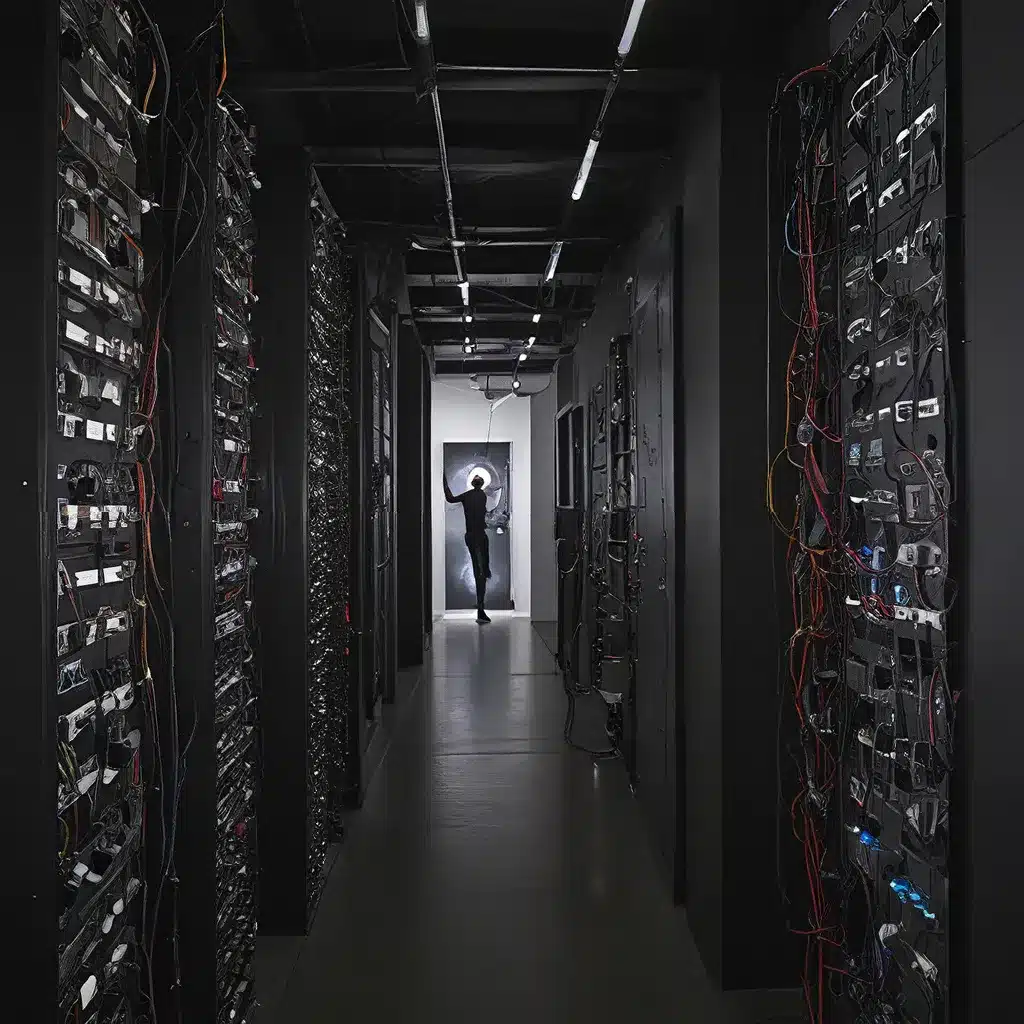
Lighting up the Silver Screen: The Electrifying Evolution of Hollywood’s Tech Pioneers
The movie industry is no stranger to the power of electricity. From the very first flickering images on the silver screen to the dazzling visual effects of today’s blockbusters, Hollywood has always been at the forefront of electrical innovation. But behind the glitz and glamour lies a hidden world of trailblazing technicians, engineers, and visionaries who have quite literally been wiring the industry for greatness.
Lighting the Way: The Unsung Heroes of Hollywood’s Electrical Revolution
In the early days of cinema, the demands of filmmaking posed unique challenges for electrical systems. Traditional wiring and lighting setups simply couldn’t keep up with the ever-evolving needs of directors, cinematographers, and set designers. But a hardy band of electrical pioneers were determined to change the game.
One such visionary was Hayden Goodman, a self-taught engineer who got his start rigging up the first motion picture studios in Los Angeles. Goodman recognized that the future of filmmaking hinged on a reliable, flexible electrical infrastructure. Using scavenged parts and sheer ingenuity, he crafted innovative wiring systems and lighting rigs that could handle the rigors of on-location shooting and studio productions.
“Hayden wasn’t just some grease monkey – he was a true artist with electricity,” recalls Elijah Watts, a retired gaffer who worked with Goodman in the 1950s. “He could rig up a lighting setup that would make a scene pop in ways the director never even imagined.”
Goodman’s groundbreaking work paved the way for a new generation of electrical innovators in Hollywood. Natalie Bauer, a computer engineer-turned-lighting designer, took Goodman’s vision to the next level in the 1980s. Bauer pioneered the use of digital control systems and computerized lighting arrays, allowing filmmakers unprecedented control over the look and feel of their projects.
“Natalie was a total wizard,” says veteran director Samantha Chang. “She could program these insane lighting rigs that would change and react in real-time. It was like having a living, breathing canvas of light on set.”
Powering the Future: How Hollywood’s Electrical Pioneers are Shaping the Next Generation of Entertainment Tech
As the movie industry has evolved, so too have the electrical systems powering it. Today, a new breed of tech-savvy electrical innovators are taking Hollywood into the future. At the forefront is Raul Hernandez, a maverick engineer who has spent the last decade revolutionizing the way filmmakers approach power and lighting.
Hernandez’s crowning achievement is the development of a cutting-edge electrical distribution system that he calls the “Wired Wonderland.” This modular, cloud-connected network of smart power nodes and intelligent lighting fixtures allows productions to easily scale their electrical infrastructure to meet the demands of any project – from intimate indie films to big-budget blockbusters.
“Raul’s Wired Wonderland is a total game-changer,” says Liam Chen, a prominent cinematographer. “With this system, we can completely customize the power and lighting on set, right down to individual fixtures. It’s like having a living, breathing electrical grid at our fingertips.”
But Hernandez’s vision extends far beyond just power and lighting. He’s also spearheading the integration of renewable energy sources, advanced battery storage, and even electric vehicle charging into Hollywood’s electrical infrastructure.
“The future of entertainment is not just about making great movies and TV shows – it’s about doing it in a way that’s sustainable and environmentally responsible,” Hernandez explains. “That’s why I’m focused on building electrical systems that are not only powerful and adaptable, but also clean and green.”
Lighting up the Night Sky: How Hollywood is Illuminating the World of Entertainment Technology
The innovations of electrical pioneers like Goodman, Bauer, and Hernandez have had a profound impact on the movie industry. But their influence extends far beyond the silver screen. These trailblazers are also shaping the future of live events, theme parks, and even the burgeoning world of virtual and augmented reality.
Take Natalie Bauer’s work in the theme park industry, for example. Her pioneering use of computerized lighting and special effects has transformed the guest experience at some of the world’s most iconic theme parks. From the dazzling nighttime spectacles at Disney World to the immersive, high-tech dark rides at Universal Studios, Bauer’s electrical innovations have brought a new level of magic and wonder to the theme park experience.
“Natalie’s work has essentially turned theme parks into living, breathing works of art,” says Samantha Chang, who has collaborated with Bauer on several projects. “The way she can use light, sound, and special effects to transport people to other worlds is truly awe-inspiring.”
And as the entertainment industry continues to evolve, these electrical innovators are poised to play an even bigger role. Raul Hernandez, for instance, is currently working on integrating his Wired Wonderland system into the development of next-generation virtual and augmented reality experiences.
“The future of entertainment is all about immersion and interactivity,” Hernandez explains. “And that means having an electrical infrastructure that can seamlessly power and control all of the complex technological components that make those experiences possible.”
From the flickering projectors of cinema’s early days to the cutting-edge holographic displays of the future, Hollywood’s electrical innovators have been the unsung heroes powering the industry’s evolution. And as the world of entertainment continues to push the boundaries of what’s possible, these trailblazers will undoubtedly play a crucial role in lighting the way.


